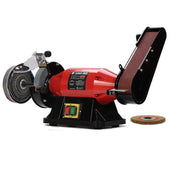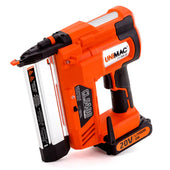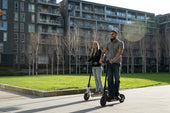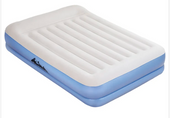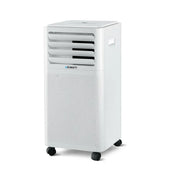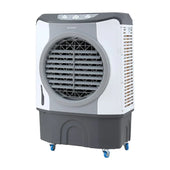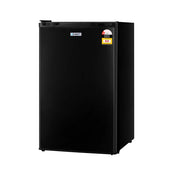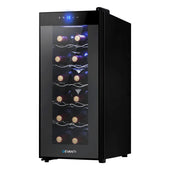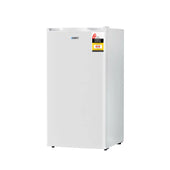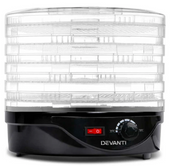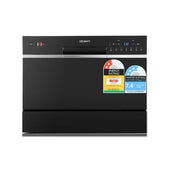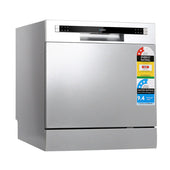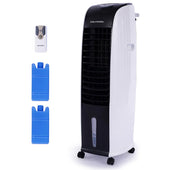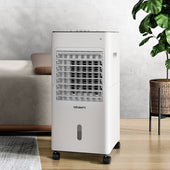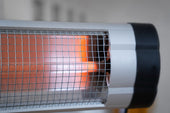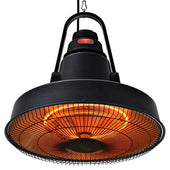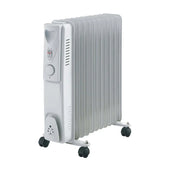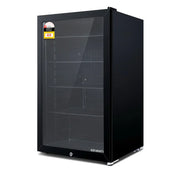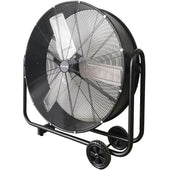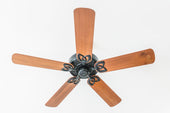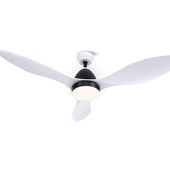Understanding the Importance of Choosing the Right Backpack
Selecting the correct backpack is essential for ensuring comfort, functionality, and durability. A poorly chosen backpack can lead to discomfort, strain, or even injury, particularly during extended use. By considering factors like activity type, load weight, and ergonomics, users can enhance their overall experience.
The right backpack minimises pressure on the shoulders and back, reducing fatigue. It also offers sufficient storage and organisation for belongings, accommodating necessities without unnecessary bulk. During Days, Features such as padding, adjustable straps, and ventilation improve usability, while the material determines the pack’s longevity and weather resistance. Every detail influences performance, making mindful selection indispensable.
Factors to Consider Before Selecting a Backpack
When choosing a backpack, several factors should be evaluated to ensure it meets individual needs.
- Purpose and Use: Determine how the backpack will be primarily used, such as for hiking, school, travel, or daily commutes. Its purpose dictates the size, features, and style required.
- Size and Capacity: Assess the volume of the pack (measured in litres) to ensure it can comfortably hold all necessary items without being too bulky or small.
- Fit and Comfort: Look for adjustable straps, padded back panels, and ergonomic designs that provide support, reducing strain during long use.
- Material Durability: Opt for materials like nylon or polyester for better weather resistance and longevity. Consider waterproof options for wet conditions.
- Organisation and Accessibility: Prioritise designs with dedicated compartments, laptop sleeves, and easy access to frequently used items.
- Weight Distribution: Features like waist belts or chest straps help distribute weight evenly, preventing back pain or fatigue.
- Style and Aesthetic: Consider colour, pattern, and overall design to match personal preferences or professional contexts.
Deciding on the Right Size for Your Backpack
Choosing the appropriate backpack size depends on the intended use and the duration of your activities. For day trips or commuting, a smaller pack between 15-30 litres suffices. These provide enough room for essentials like a water bottle, snacks, and a jacket.
For weekend getaways or overnight hikes, a backpack in the 30-50 litre range is ideal. This size accommodates clothing, toiletries, and lightweight camping gear. For extended trips or multi-day treks, opt for a larger pack, typically 50-80 litres, to store sleeping bags, food supplies, and heavier equipment.
Always consider torso length and adjustability to ensure a proper, comfortable fit during your journey.
Types of Backpacks Based on Purpose
Backpacks are designed to cater to various needs, with each type offering specific features suited to its intended purpose. Below are the primary types of backpacks based on their use:
- Daypacks: Lightweight and compact, these are ideal for daily activities or short hikes, typically ranging from 15 to 30 litres.
- Hiking Backpacks: Designed for trekking, these offer hydration compartments, enhanced support, and weather resistance.
- Travel Backpacks: Larger, versatile packs with compartments for clothing, gadgets, and toiletries, suited for extended trips.
- Laptop Backpacks: Padded interiors and secure sleeves for devices, crafted for professionals and students.
- Speciality Backpacks: Includes camera bags, diaper bags, and gym bags, each tailored for specific tasks or gear.
Essential Features to Look for in a Backpack
When evaluating a backpack, several features ensure functionality and comfort.
- Adjustable Straps: Look for padded, adjustable shoulder straps to evenly distribute weight and prevent strain. A sternum strap adds extra stability.
- Back Panel Design: A well-ventilated, padded back panel promotes airflow, reducing sweat during extended use.
- Compartments and Organisation: Multiple compartments, including dedicated laptop sleeves or hydration pockets, improve organisation and enhance accessibility.
- Durability and Material: Durable materials like nylon or polyester with reinforced stitching ensure longevity. Water-resistant fabrics protect belongings in variable weather.
- Capacity Options: Internal and external compression straps help manage the load securely, regardless of the bag’s size.
- Accessibility Features: Side zippers, top-loading designs, or clamshell openings enable easy access to contents.
Prioritising these elements guarantees practicality without compromising convenience.
Exploring Different Backpack Materials: Pros and Cons
The material of a backpack plays a critical role in its durability, functionality, and weight. Various materials offer unique benefits and drawbacks, catering to different needs. Below are some commonly used backpack materials along with their pros and cons:
- Nylon
- Pros: Lightweight, water-resistant, and highly durable; performs well in various conditions.
- Cons: Can be more expensive, less eco-friendly, and prone to UV degradation over time.
- Canvas
- Pros: Strong, affordable, and gives a classic aesthetic appeal.
- Cons: Heavier than synthetic options, less water-resistant unless treated.
- Polyester
- Pros: UV-resistant, lightweight, and inexpensive to manufacture.
- Cons: Typically less durable than nylon, prone to tearing under heavy loads.
- Leather
- Pros: Extremely durable, luxurious appearance, and ages elegantly.
- Cons: Heavy, more expensive, and requires regular maintenance for longevity.
Backpack Designs for Comfort and Ergonomics
Backpacks designed for comfort and ergonomics aim to reduce strain on the wearer while maximising usability. Adjustable padded shoulder straps help distribute weight evenly, preventing shoulder fatigue. Ergonomically shaped back panels often feature breathable mesh, which allows air circulation to minimise back sweat during long usage. Waist belts help shift the load to the hips, relieving pressure on the spine. Compression straps secure contents, improving balance and stability during movement. Contoured designs match the natural curve of the spine, promoting proper posture. Designs targeting use-specific needs, such as sternum straps for hikers, further enhance overall comfort for diverse activities.
The Role of Organisation: Compartments and Pockets Explained
When selecting a backpack, the organisation system plays a crucial role in determining its practicality. Compartments and pockets streamline storage, ensuring quick access to essentials.
- Main Compartments: These provide the primary storage space and are crucial for bulkier items like laptops, jackets, or textbooks. Multiple compartments often allow separation of items, preventing chaos.
- Exterior Pockets: Typically zippered or mesh, they cater to frequently accessed items like water bottles, snacks, or small tools.
- Internal Pockets: These offer secure slots for valuables, such as wallets or passports, using padded or hidden designs.
Thoughtfully-designed compartments enhance spatial efficiency, while inadequate organisation hinders effective use of storage space.
Durability and Weather Resistance in Backpacks
Backpacks are exposed to diverse conditions, making durability crucial. High-quality materials like nylon, polyester, or canvas ensure long-lasting performance. Ripstop fabrics offer enhanced tear resistance, ideal for rugged use. Reinforced stitching and double-layered seams further contribute to durability. Weather-resistant backpacks feature coatings like polyurethane or water-repellent fabrics, protecting contents from light rain or humidity. For added protection, some include rain covers or sealed zippers, shielding against heavier downpours. Moisture-wicking interiors minimise damage from accidental spills or dampness. Users should prioritise quality over price when selecting backpacks for challenging environments. Considerations like abrasion resistance are essential for hiking or travelling purposes.
Caring for Your Backpack: Tips for Longevity
Proper care extends the lifespan of a backpack and maintains its functionality. To preserve its materials, avoid overloading the backpack beyond its recommended capacity as it strains seams and zippers. Regular cleaning is essential; use a damp cloth or mild soap for spot cleaning and handwash when deeper cleaning is required. Always air dry instead of using a dryer to prevent material shrinkage or damage. Store the backpack in a cool, dry place to avoid mildew or odours. Inspect for tears or worn areas periodically and repair them promptly. Avoid exposure to direct sunlight for long periods to prevent fabric fading.
Budget vs Quality: Striking the Right Balance
Finding the balance between price and quality is crucial when choosing a backpack. Budget-friendly options may save money initially but often compromise on durability, comfort, or features. Higher-end backpacks, while more expensive, typically offer robust materials, ergonomic designs, and advanced features such as weather resistance and extra compartments.
Key factors to consider include:
- Intended Use: Lightweight models suffice for casual use, while outdoor adventures demand durable, weatherproof options.
- Material Longevity: Opting for nylon or polyester can ensure long-term use. Lower-priced models may use less durable fabrics.
- Comfort & Features: Cheaper backpacks may lack adjustable straps or breathable back panels, impacting usability.
Comparison of options helps prioritise needs while staying within budget.
Sustainable and Eco-Friendly Backpack Options
Eco-conscious backpacks are crafted using materials and processes designed to minimise environmental impact. Many brands now utilise recycled fabrics such as polyester derived from plastic bottles or repurposed nylon. Organic cotton, free from harmful pesticides, is another sustainable choice.
Some backpacks feature vegetable-tanned leather, which avoids chemicals common in traditional tanning. Additionally, eco-friendly production often incorporates water-saving methods and reduced energy consumption.
Key features to consider include durability, as a longer-lasting bag reduces waste, and repairable designs with modular components. Certifications like the Global Recycled Standard or Fair Trade Labelling ensure ethical practices throughout production.
Final Thoughts: Finding Your Perfect Backpack
Selecting the ideal backpack requires careful attention to a few key considerations. Size plays a crucial role; it should accommodate all essentials without being overly bulky. Features such as padded straps, multiple compartments, and ergonomic designs enhance comfort and organisation. The material must also suit the intended use—durable fabrics like nylon or canvas work well for daily wear, while waterproof options are best for outdoor activities.
To ensure the best fit, consider the length of the torso and choose adjustable straps for customisation. Ultimately, knowing the purpose of the backpack will guide decisions on style, utility, and longevity.



